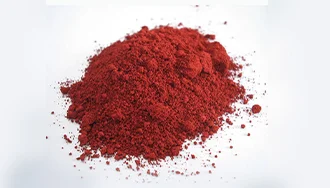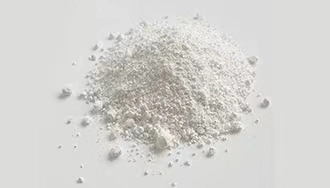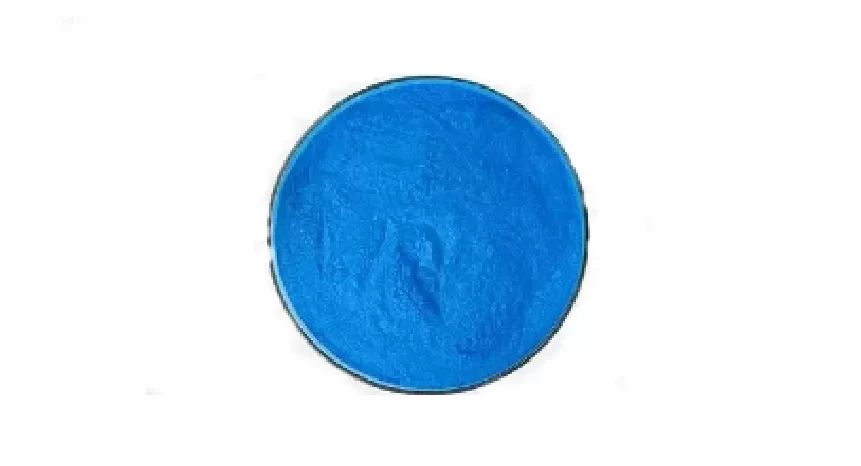What is smalt pigment?
Smalt pigments are semi-finished products for handicrafts, collectively known as base smalt. They are made with a variety of raw materials according to an appropriate proportion. This proportion has been verified by a lot of tests for stable performance. Ingredients of smalt pigments include feldspar, quartz, alkaline earth metal oxides (calcium, magnesium, barium and zinc oxides and kaolin), and auxiliary materials. Simply, smalt pigments are for handicrafts. They are made by mixing and high-temperature calcination of metal oxides by different proportions. They are often used with base oils for production of handicrafts in different colors.
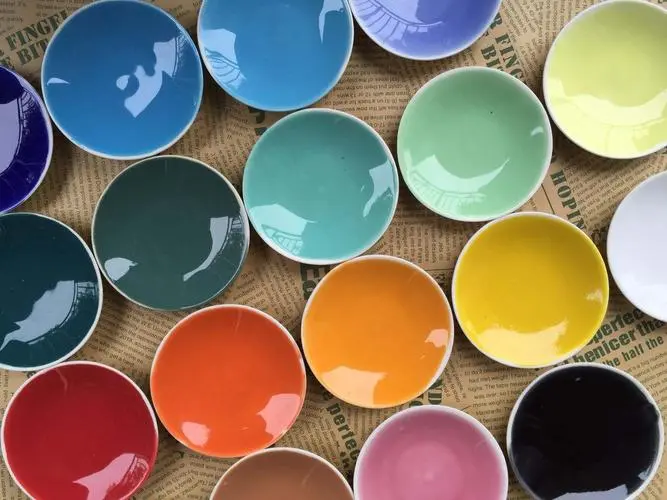
What is Glaze pigment made of?
I. Formulas for common Glaze pigments
1. Transparent smalt: 50% clay, 20% feldspar, 14% quartz and 16% dolomite
2. Vitreous smalt: 20% quartz, 20% dolomite, 20% feldspar, 10% talc, 15% spodumene and 15% barium carbonate
3. Mica smalt: 20% quartz, 20% mica, 20% dolomite, 20% feldspar, 10% talc and 10% barium carbonate
The proportions of ingredients in the above formulas may be adjusted as needed for different effects.
II. Formulas for colored Glaze pigments
1. Red: 1% potassium chromate, 50% feldspar and 50% white diaspore bauxite.
2. Orange: 0.1% beryllium compound, 4.5% iron oxide red, 2.5% manganese ore, 60% feldspar and 33% white diaspore bauxite.
3. Yellow: 1% iron oxide, 40% mica and 60% feldspar.
4. Green: 0.5% cobalt ore, 0.25% chromium ore, 20% talc, 40% feldspar, 20% mica and 19.25% dolomite.
5. Blue: 1% cobalt ore, 10% barium carbonate, 10% quartz, 40% dolomite and 40% feldspar.
The above formulas are for reference only. They may be adjusted as needed.
III. Formulas for special Glaze pigments
1. Bright smalt: 3% aluminum powder, 2% manganese ore, 30% talc, 40% feldspar and 25% dolomite.
2. Matte smalt: 60% talc, 20% feldspar, 10% dolomite and 10% quartz.
3. Pearl smalt: 10% glass sand, 30% white diaspore bauxite, 30% talc and 30% feldspar.
The above formulas may be adjusted as needed for better effects
What kind of smalt pigments on ceramics are made of?
Smalt pigments are applied on porcelain and pottery surfaces for shining and protection. They can improve the mechanical strength and insulation properties of ceramics. They are made by grinding quartz, borax, feldspar, clay and other substances, and then mixing with water. They are applied on the surfaces of ceramic products, as a colorless or colored glassy layer. Smalt slurry is made by grinding minerals (feldspar, quartz, talc, kaolin, etc.) and chemicals according to an appropriate proportion (some materials may be melted first). It is applied on the surfaces of blanks, followed by calcination at an appropriate temperature. It can improve the mechanical strength, thermal stability and dielectric strength of products. It can also make utensils attractive, facilitate wiping, avoid erosion by dust and dirt, etc.
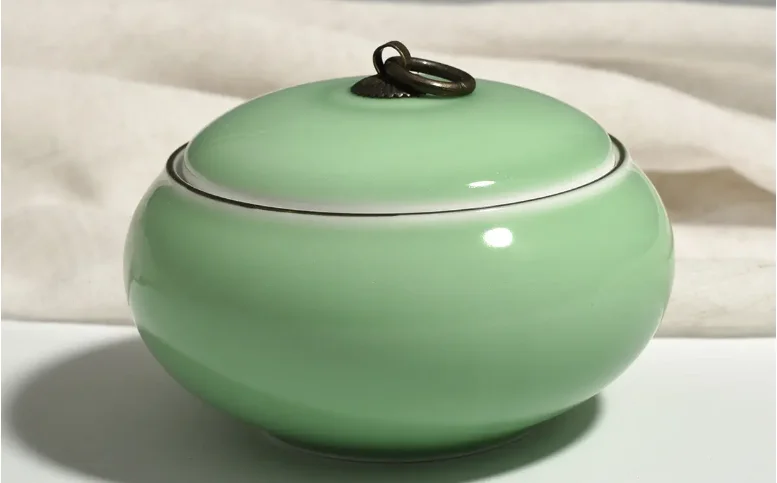
There are many kinds of smalt pigments. By the calcination temperature, they are divided into high-temperature and low-temperature smalt pigments. By appearance characteristics, they are divided into transparent smalt pigments, emulsion smalt pigments, colored smalt pigments, glossy smalt pigments, matte smalt pigments, crackle smalt pigments (cracked), crystal smalt pigments, etc. By composition, they are divided into lime smalt pigments, feldspar smalt pigments, lead smalt pigments, lead-free smalt pigments, boron smalt pigments, lead boron smalt pigments, etc.
What gives the unique blue smalt color?
The blue smalt pigment is a kind of ceramic pigment. Its base smalt is prepared first. Due to the binding of color material and base smalt, this smalt pigment is named as the blue smalt pigment.
Technical parameters of blue smalt pigment
Chemical composition: Co-Al-Cr-Zn
Appearance: Blue powder
Heat resistance: 720°C-820°C
Applications: The blue smalt pigment is suitable for artistic porcelain, daily porcelain, ceramic wine sets, ceramic decorative patterns, glass decorations, mosaics, etc. It can be applied for smalt decoration of durable porcelain, bone porcelain, rigid porcelain, daily porcelain, architectural porcelain, etc.
How do you properly store smalt pigment?
Factories should pay particular attention to the following during the storage of smalt pigments.
1. Dedicated storage pools should be used. They must be cleaned before storage of other smalt pigments.
2. The powder type, bulk density, fineness and grinding date should be indicated on the storage pool.
3. The storage pool is usually lined with tiles and covered with lids to prevent dust and impurities. A small amount of smalt pigment may be stored in a plastic or stainless steel bucket with a lid.
What are the main characteristics of smalt as a pigment?
Smalt can make products smooth, bright and free of water absorption. It is helpful to improve the strength, thermal stability and chemical stability of products. It can also be used to color products.
Raw materials for smalt are divided into natural raw materials and chemical raw materials. Natural raw materials are essentially the same as those for blanks. But they are purer in chemical composition, with fewer impurities, to ensure the color, gloss, strength, thermal stability and chemical stability of products. Chemical raw materials include flux and emulsion.
Can different smalt pigments be mixed?
Excellent properties of smalt pigments: high color stability. Smalt pigments is not prone to reaction at high temperatures. They are free of gas emission but corrosion-resistant. They have low solubility in molten smalt, so they make colors stable. Smalt pigments have high coloring powder. Only a small amount of smalt pigment is required for the corresponding color. Smalt pigments also have high compatibility. Jin’ao smalt pigments of different colors can be mixed by any proportion to form a variety of colors. They are also widely applied.
Read More
How to Use Color Shifting Pigments in Jewelry?
10 Key Points When We Use Industrial Pigments
What are pigments’ performance indicators, and how to detect them?


